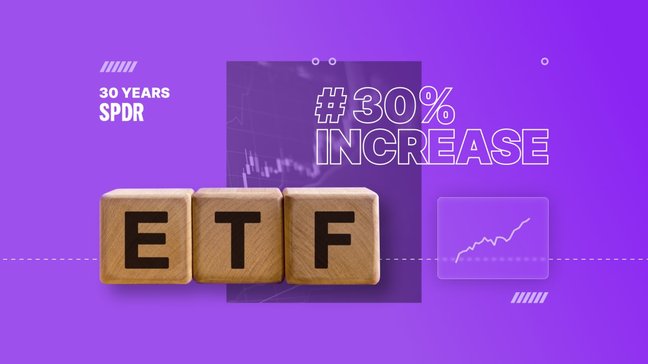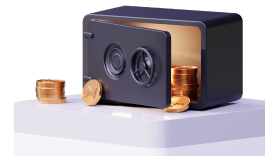ETFs are becoming extremely popular. Digital assets have recently recorded an enormous surge with more than 3,000 ETFs traded at a time. As a result, they are showing a rapid increase reaching a 30% rise compared to December 2020.
Traders are Becoming More Active with ETFs
Surging popularity encouraged traders to apply more active strategies. For example, many investors opt for single-stock assets expecting to have exposure to the daily performance of other popular assets like Apple or Tesla stocks.
Today, ETF trading has been taken to a new level. Assets cover a broad spectrum of index funds. They include some very interesting overlays that involve clean energy, retail (Cola), legal marijuana, and some other themes. Most traders are already familiar with SPY [SPDR S&P 500 ETF Trust] – the first ETF of this particular type.
What’s more, new assets bring additional trading opportunities for investors. The times of selecting only the largest sector funds are gone. Today, we can choose from a variety of funds of any kind that might be of some interest from the profit perspective.
Making the Right Choice
Today, the majority of investors are spoiled with multiple trading opportunities. This can also be a downside. Some opt for specialized ETFs such as cybersecurity. It can be a disastrous mistake in the long run. Those who later dive into index funds will be safe.
So, the main idea is to be less specific. Otherwise, you will not like the result you can get in the long-term perspective.
ETF to Celebrate another Milestone
In 2023, the first-ever ETG (SPY) will celebrate its 30th anniversary. It has grown into the biggest asset of this particular type with a total value of $350 billion in managed assets. It is yet the best asset to get started in the ETF niche while other emerging assets still seem quite risky offering lousy returns despite their popularity.
On the one hand, ETFs are associated with fewer fees. On the other hand, traditional indices look safer and more reliable.




